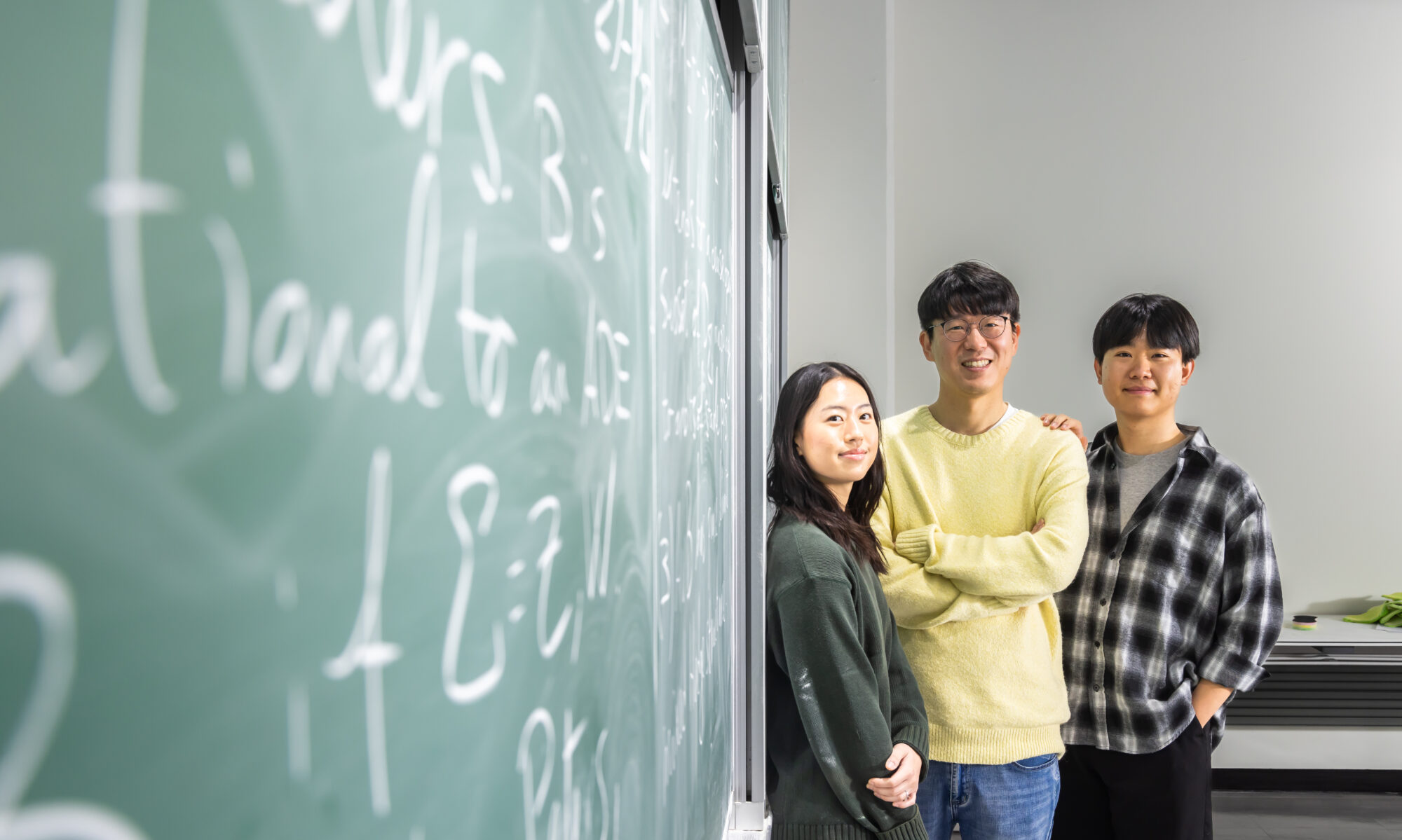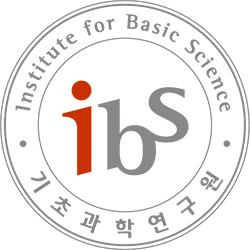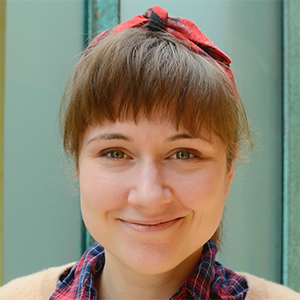Introduction to matrix and tensor factorization models and related stochastic nonconvex and constrained optimization algorithms
B378 Seminar room, IBS 55 Expo-ro Yuseong-gu, Daejeon, Korea, Republic ofAbstract. Matrix/tensor factorization models such as principal component analysis , nonnegative matrix factorization, and CANDECOM/PARAFAC tensor decomposition provide powerful framework for dimension reduction and interpretable feature extraction, which are important in analyzing high-dimensional data that comes in large volume. Their diverse applications include image denoising and reconstruction, dictionary learning, topic modeling, and network data analysis. …


